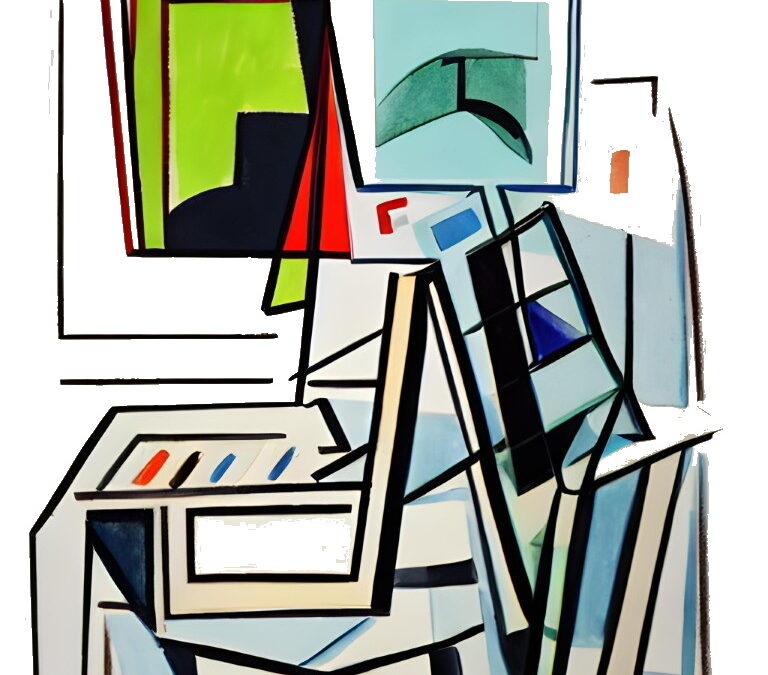With the current scarcity and high costs of cutting-edge hardware, many developers and creators face a challenging decision: how to best utilize available GPUs for AI and creative workloads. This article explores the nuances of single versus multiple GPU setups, focusing on practical scenarios with readily available hardware.
Understanding Multi-GPU Setups
When working with AI frameworks like TensorFlow and PyTorch, multiple GPUs can significantly boost performance – but the benefits aren’t automatic. These frameworks support several approaches to utilizing multiple GPUs: data parallelism for splitting batches across cards, model parallelism for distributing large models, and distributed training for scaling across machines. However, the effectiveness of these approaches varies considerably depending on your specific use case.
A key consideration often overlooked is the importance of GPU matching. While it’s technically possible to mix different GPU models, this often introduces more problems than it solves. When running data-parallel workloads, the system typically defaults to the capabilities of the slower card, effectively handicapping the more powerful GPU. Even in cases where different parts of a model run on different GPUs, mismatched capabilities can create bottlenecks that hurt overall performance.
Analyzing AI Workstation Setups
You need an RTX 5090 or two RTX 4090s for local AI development, but what if you can’t get these? Let’s examine three GPU configurations you can easily get today:
- Dual Mid-Range Approach: Two RTX 3060 Ti 8GB | This setup offers strong compute power for parallel tasks, making it ideal for workloads like batch image generation with Stable Diffusion. However, the 8GB VRAM limit per card becomes a significant constraint. While you get two GPUs worth of processing power, you can’t pool the memory – each GPU still only has 8GB to work with. This means larger AI models or high-resolution creative work might be out of reach.
- Mixed Setup: RTX 3070 8GB + RTX 3060 12GB | This combination might seem appealing due to the 3060’s larger VRAM capacity paired with the 3070’s superior processing power. However, this setup often creates more problems than it solves. The performance mismatch between cards (with the 3070 being roughly 30% faster) means your system will often bottleneck to the slower card’s capabilities. While the 12GB card could theoretically handle larger models, the 8GB card becomes the limiting factor for many workloads.
- Powerhouse: Single RTX 3090 24GB | While this option requires a larger upfront investment, it offers several compelling advantages. The massive 24GB VRAM pool handles large AI models with ease – even 8-billion parameter models in FP16 precision fit comfortably. You also avoid the complexities and potential bottlenecks of multi-GPU setups. For creative work like 3D rendering, this capacity allows for much higher resolution textures and more complex scenes.
The Impact of Supporting Hardware
While GPUs are the stars of the show for AI and creative workloads, your CPU and system RAM play crucial supporting roles. The CPU handles essential tasks like data preprocessing and managing the flow of information to the GPUs. A weak CPU can become a bottleneck, particularly in training scenarios where data needs to be constantly fed to the GPU.
System RAM requirements depend heavily on your specific workload. For AI training, especially with large language models, 32GB or more of RAM helps ensure smooth data transfer to the GPU. When working with 3D applications or large image datasets, adequate RAM prevents system slowdowns during asset loading and scene preparation.
Making the Right Choice
For most users working with AI and creative applications, the RTX 5090/4090/3090 represent the most versatile and trouble-free solution. The large VRAM pool and strong compute capabilities handle virtually any workload you might encounter, from large AI models to complex creative projects.
Read my post on how-to-run-local-llms-with-available-gpus-today-a-developers-guide


